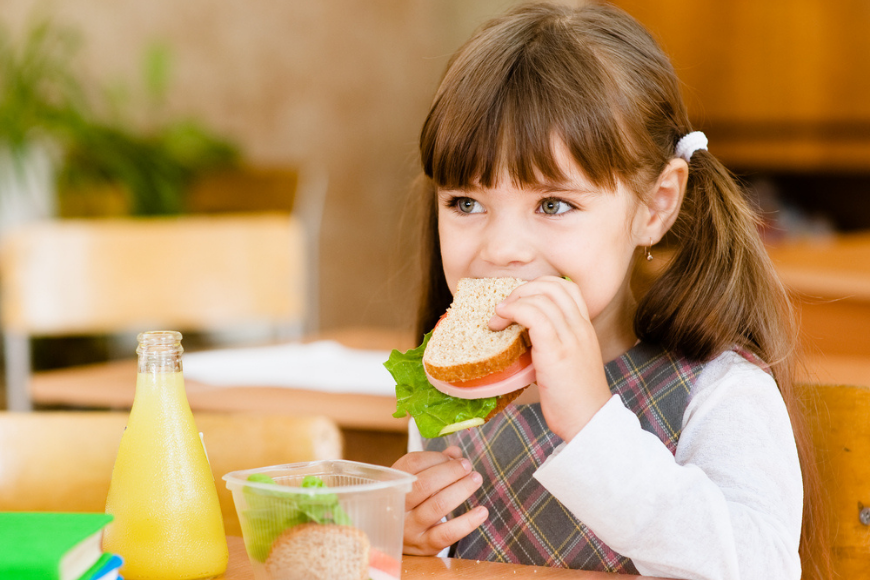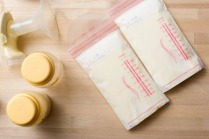8 Ways To Make Sure Your Children Are Eating Healthy Snacks
Some helpful tips for parents on how to get your child to eat healthier snacks
4 July 2022

Being a toddler is an energetic business that needs plenty of fuel – including lots of snacks.
As well as three meals a day, young children require two to three snacks a day to meet their energy requirements.
A whopping 72% of parents surveyed say they’re frustrated by the lack of healthier snack options to buy when out with their children.
And 59% say it’s almost impossible to find healthy snacks outside the home, and are instead bombarded with unhealthy sweets, biscuits, cakes and salty snacks, like crisps.
Eating little and often is ideal as little tummies only hold small amounts and their appetite can fluctuate.
Some days they won’t eat so much and other days they catch up and it seems like they’re always hungry.
So here are 8 ways to ensure your kids are eating healthy snacks:
1. Be prepared
Toddlers need a range of nutritious snacks a couple of times a day to get the extra nutrients needed to meet their daily requirements.
When going out, take healthy snacks with you in the car – try some vegetable sticks, mini sandwiches or a pot of fresh fruit.
2. Avoid empty calories
Snacks should provide a nutritional benefit, not just empty calories, so see them as an opportunity to give your little one a variety of nutrients, textures and tastes.
For example, an oatcake will provide more fibre and vitamins than a piece of shortbread, and cheese and crackers are much better nutritionally than a bag of crisps.
3. Say no to lots of ingredients
Be wary of long ingredient lists and avoid added unnecessary things like salt, sugar or flavourings, and unrecognisable ingredients.
If the list of ingredients is longer than War and Peace, not all of them may be completely necessary.
4. Watch out for salt
Salty snacks aimed for adults are completely unsuitable for little ones because of the high sodium content, so too are baby finger foods and toddler snacks that contain comparable levels of salt.
Sodium is naturally present in some foods but adding salt to food provides far higher levels of sodium than a toddler needs, so there’s no nutritional benefit and it can be harmful.
Over time, if a baby or toddler is given salty foods they develop a preference for salty tastes and this can lead to eating too much salt, with consequences even for their adult health.
There’s no nutritional need to add salt to convenience finger foods and snacks, and neither is it necessary for flavour when herbs, spices and tasty ingredients can be used.
5. Mix up flavours
Offer a mix of sweet and savoury snacks so children can enjoy different flavours.
6. Get the balance right
Give a choice of foods – some treats can be tasty snacks but not all snacks should be treat foods.
7. Varied food groups
Mix and match the food groups so go for a protein dip such as hummus or peanut butter and either a carb such as oatcakes or some vegetable sticks.
8. Little and often
Eating little and often is ideal as little tummies only hold small amounts, even though they need lots of calories to meet their energy needs.
But remember that calories don’t have to come from fatty, unhealthy easy-to-grab snacks.

























.png?itok=SvZPqMHH)




.png?itok=uB2ieOR7)












